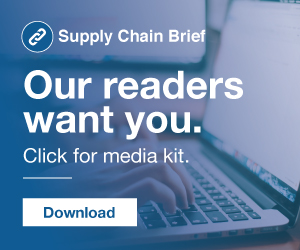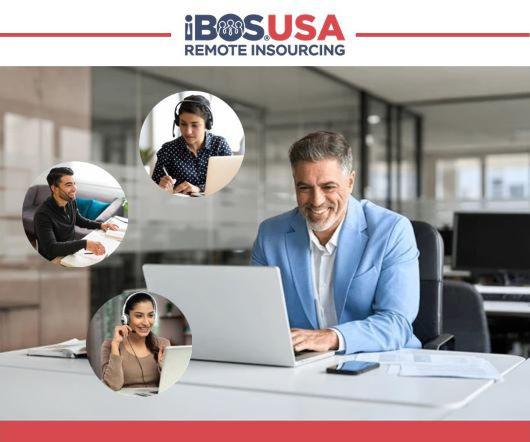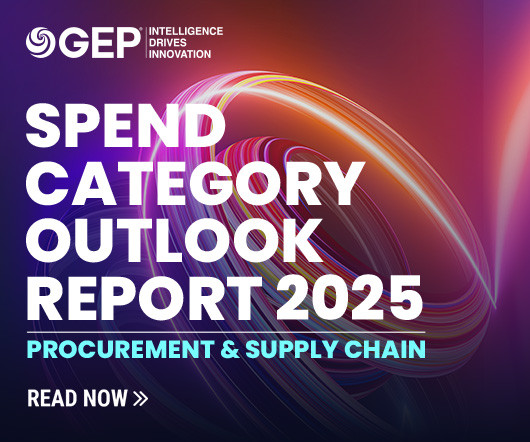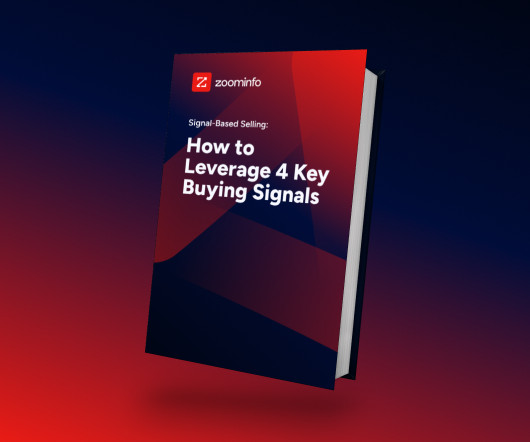Who said supply chains are boring?: Infographic: The History of the.
Supply Chains Rock
MARCH 27, 2012
'Who said supply chains are boring? Whenever I tell a friend, colleague or family member about my job as soon as the words "supply chain" are muttered I immediately see glassy eyes followed by a yawn or two. Little do they realize that every time they discard or recycle a carton of milk they are completing the end of the supply chain cycle. Without supply chains consumers would be stuck using products that they had to make or grow with their own two hands.






































Let's personalize your content